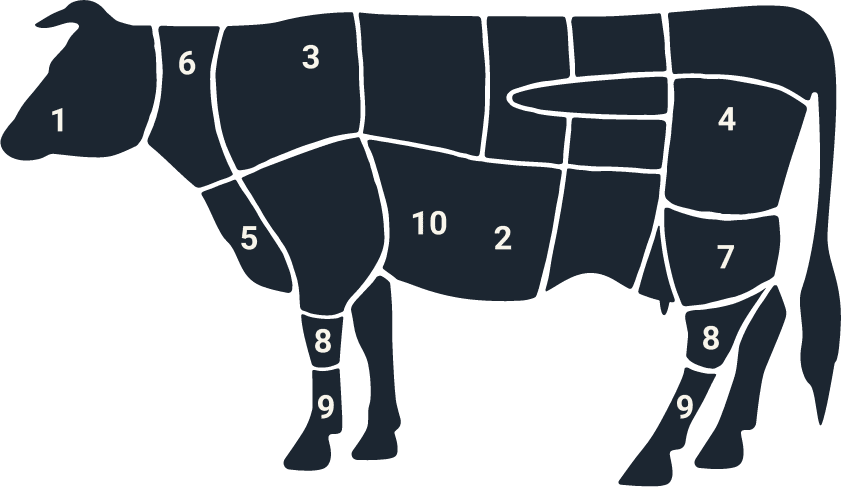
The export of beef and beef offal is carried out from plants included on the list of the General Veterinary Inspectorate of entities approved for the Japanese and Hong Kong markets in the field of beef and beef products. Prior to export, products intended for the Japanese and Hong Kong market are supplied with a Health Certificate for Beef Meat and Beef Offal.
European producers and exporters deliver beef elements to Japan and Hong Kong in accordance with the recipient’s specifications. Frozen products are most often shipped, but it is also possible to order chilled, portioned and vacuum-packed beef. Our current Japanese and Chinese partners most often ask about the following elements of beef carcasses:

1. Tongues
versatile beef elements appreciated by the Japanese. They are characterized by a significant excess of fat and a delicate, specific smell and taste.
2. Hanger steak
the best fragment of the diaphragm muscle. The meat is very soft and has a delicate structure, with a versatile culinary use. Most often used as meat for short-fried (minute) steaks.
3. Forerib
fragment of the forequarter of beef, upper part of the front part of the thorax. Bone-containing beef element – thoracic vertebrae and upper ribs. The meat is coarse fibre, saturated with fat and membranes. This meat is suitable for baking, stewing, cooking, and also portioning out as steaks. It is also used in the minced form.
4. Top round
a fragment of a leg from the caudal part. It is relatively lean meat, characterized by thin muscle fibres with a low content of connective tissue. Due to its softness, it is used to prepare roulades or wrapped scallopini. It is also suitable for steaks, as well as for making stews.
5. Breastbone
a fragment of the lower forequarter. An element with bone and cartilage, ideal for making aromatic broths and other soups. The bone and cartilage content gives the broths based on this meat a rich umami flavour and a thick texture. The breastbone can also be used for stews, baked and stewed dishes, it can also be used in the minced form – for cutlets, burgers or as a filling for casseroles, etc.
6. Nape
a fragment of the forequarter, from the cervical to the anterior dorsal part. The meat is firm, juicy and saturated with fat. It can be prepared as a roast. It is suitable for long stewing, for stews, but also for broths. It is also used for grilling, cut into thick slices.
7. Flank
a fragment of a leg with bone. It is fine fibre and juicy meat, therefore it is suitable for baking as a whole, but also for quick heat treatment in smaller pieces, e.g. as stir fry or as thin (one minute) steaks.
8. Foreleg, posterior (ridge)
the middle part of the limb cut off at the elbow or knee joint. This beef piece is cut along with the bone (calf bone – front shin or shin and tarsal bone – back shin) and contains a lot of collagen. The meat is heavily saturated with membranes and tendons. It is perfect for slow cooking, baking or stewing, e.g. for preparing concentrated broths, jellies or minced masses. The minced meat is quite sticky, used, among others, for burgers.
9. Beef tendons
usually come from the legs of cattle. This beef element contains high amounts of collagen. Tendons are used in some Asian cuisines, including Japanese, where they are valued for their collagen content and deep “umami” flavour when cooked. Before cooking, they are usually very fibrous, so they require cooking for a long time (about 8 hours), which makes them soft. Broths based on them have a rich and full flavour
10. Short rib
the middle part of the thorax. Contains rib bones, without cartilage endings. The meat is made up of thin layers of muscles with fascia and fat. Short rib can be used as a base for aromatic broths and other soups, it is also perfect for dishes that require long stewing or cooking. The short rib is also used for stuffing. Short rib is used to prepare famous ribs, stewed or grilled, for example in a sweet and sour sauce.
11. Trimmings
pieces of meat left over when carcasses are cut into smaller pieces, sorted by meat-to-fat ratio. Often intended for the production of minced meat.




)
)